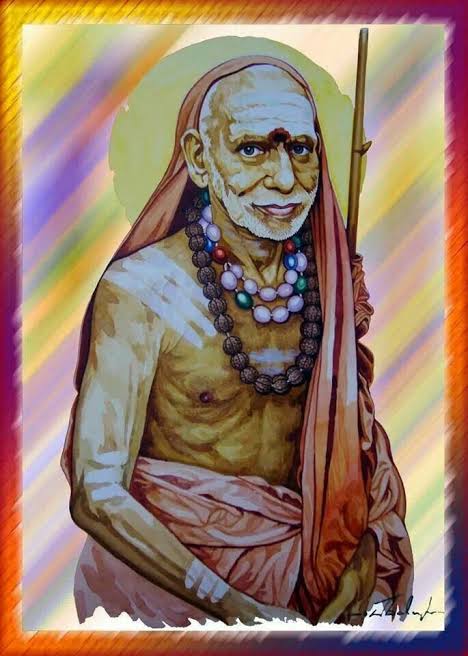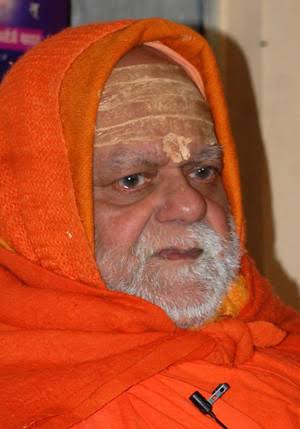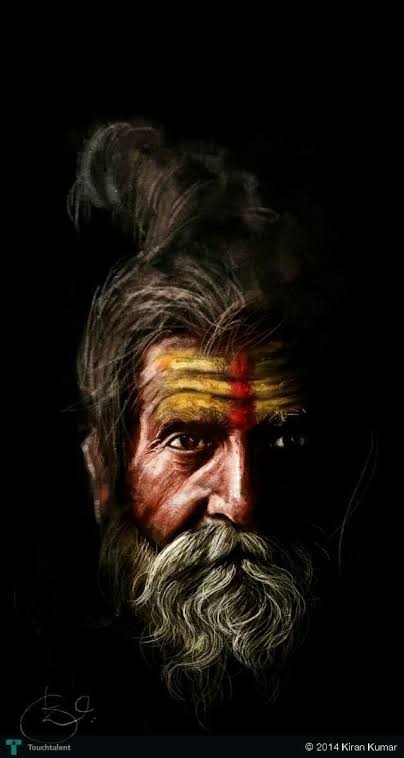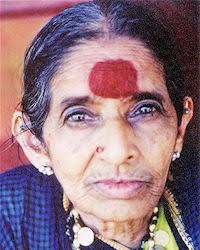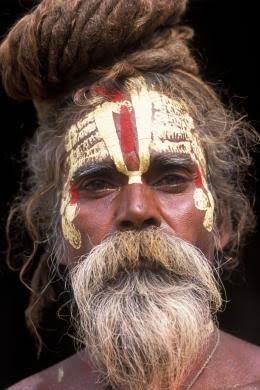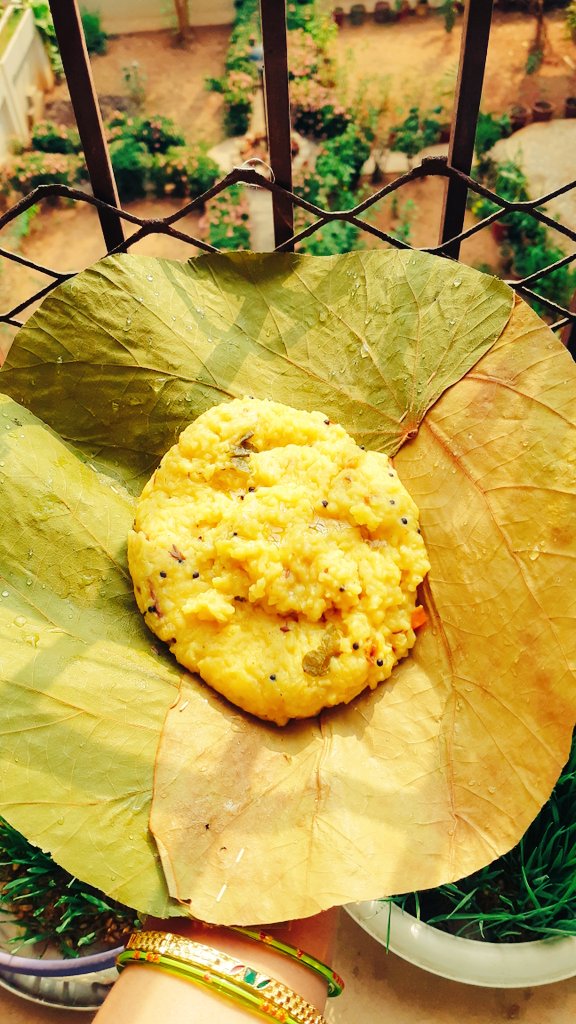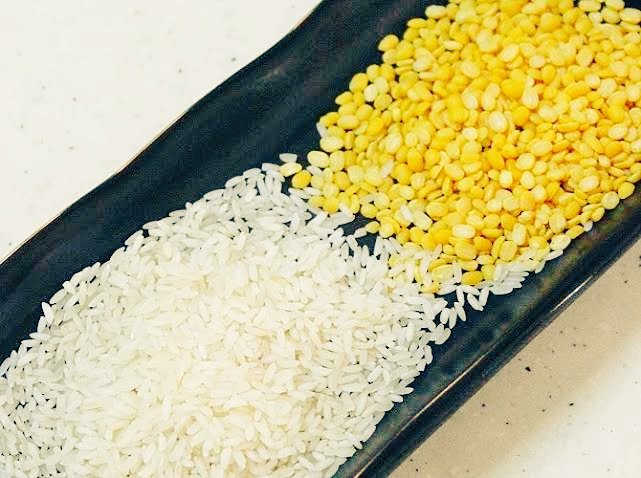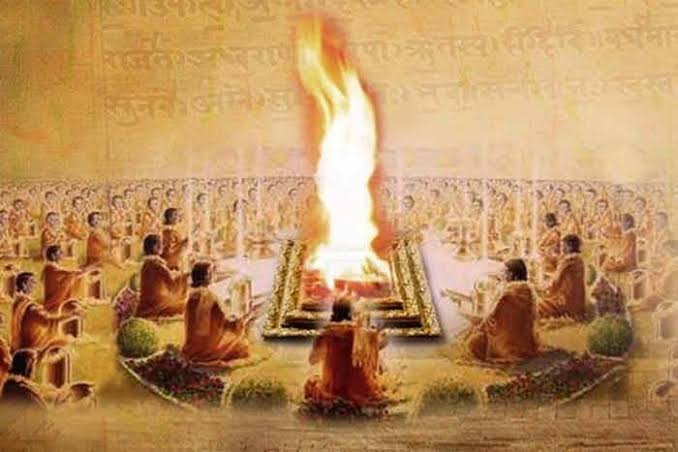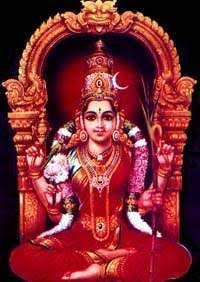
Shaving/Haircut also called Kshoura Karma is not allowed on all days.
When shaving beard, start from right side. then cut the mustache, armpits and then at last haircut. Then shave whichever hairs are are to be shaven and then cut the nails at the end.
When shaving beard, start from right side. then cut the mustache, armpits and then at last haircut. Then shave whichever hairs are are to be shaven and then cut the nails at the end.
https://twitter.com/HinduMediaWiki/status/1341119434946048000

Ekadasi, Chaturdasi, Amavasya, Poornima, Sankranti, Vyatipaata, days of Vrata and sraaddha, Tuesday and Saturday are prohibited for Kshoura Karma.
Kshoura Karma on sunday, saturday, tuesday will decrease the life by 1,7,8 months respectively.
Kshoura Karma on sunday, saturday, tuesday will decrease the life by 1,7,8 months respectively.
Kshoura Karma on Monday, Wednesday, Thursday, Friday will increase life by 7,5,10,11 months respectively.
Those Gruhastha who want or have sons are not allowed to do on Monday.
Those Gruhastha who want or have sons are not allowed to do on Monday.
Those who want Vidya and Lakshmi are not allowed on Thursday.
The above points are taken from Nitya Karma Puja Prakash by Gita Press. They cite references from Gruhya Sutras, Taittiriya Brahmanam and Varahi Samhita.
ia802504.us.archive.org/34/items/Hindi…
The above points are taken from Nitya Karma Puja Prakash by Gita Press. They cite references from Gruhya Sutras, Taittiriya Brahmanam and Varahi Samhita.
ia802504.us.archive.org/34/items/Hindi…
Also one can refer to Yati Dharma Sangraha of Vishweswara Saraswati (published as 60th book in Anandashram Sanskrit Series marked as ASS_060 ) which describes the Kshoura Vidhi.
archive.org/details/Ananda…
archive.org/details/Ananda…
• • •
Missing some Tweet in this thread? You can try to
force a refresh

